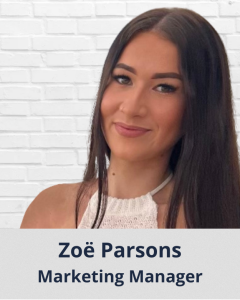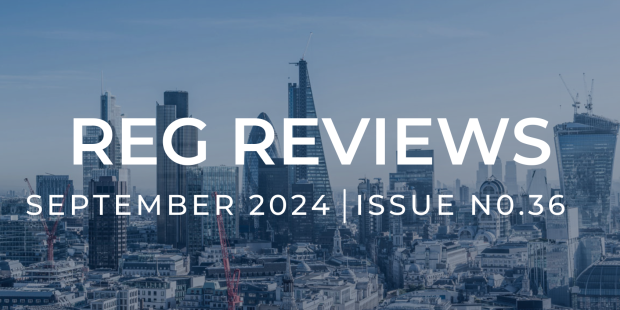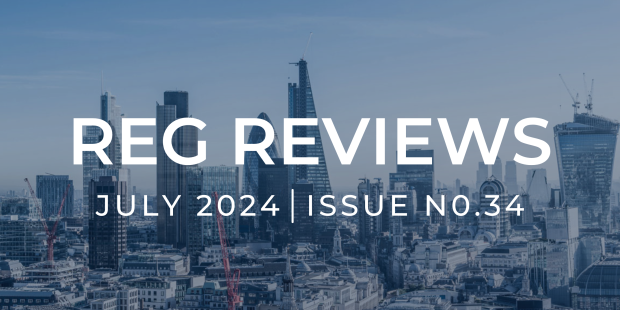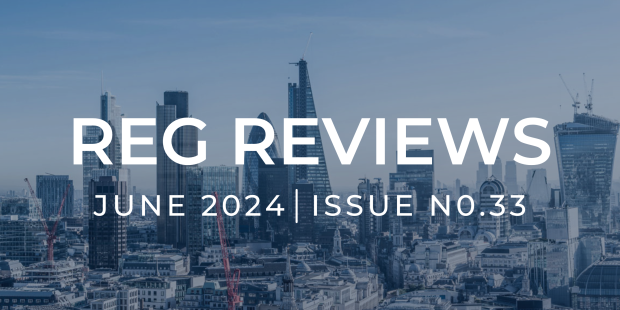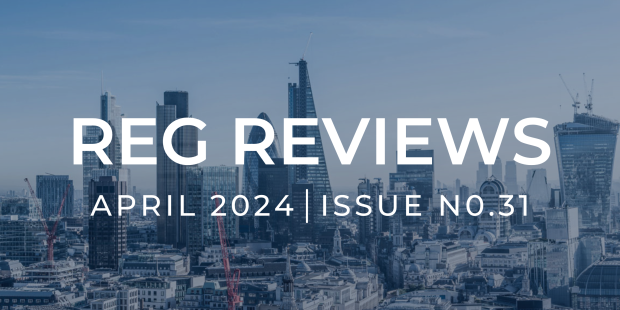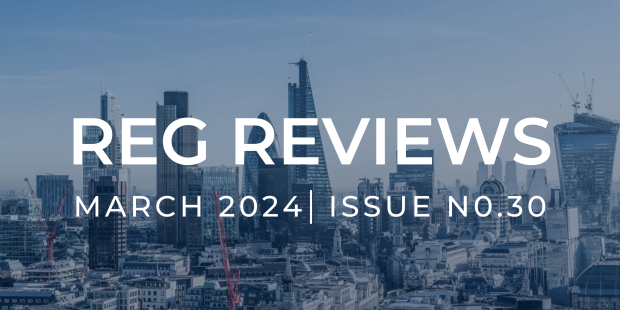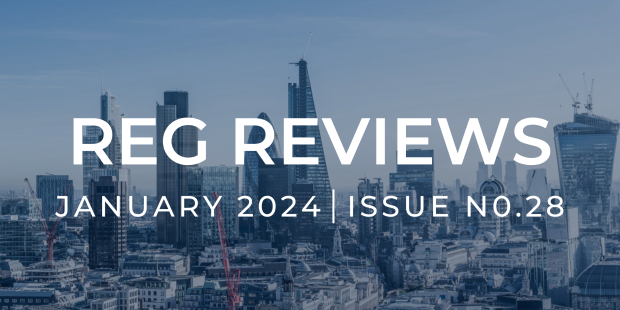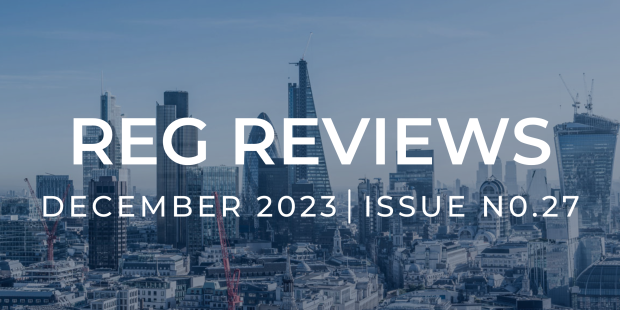Insurance Business TV recently featured Clare Talbot-Jones, Director of Business Development at Talbot Jones Ltd, and Florence Dennis, Lead Client Adviser at Partners&, in a panel discussion exploring the question: where is the insurance industry going right—or wrong—in its efforts regarding diversity, equity, and inclusion?
According to Talbot-Jones, despite remarkable advancements in society and in the insurance industry in trying to have greater equality, there is still a lot to do to break stigmas and reach a level of understanding towards women but also from a DE&I perspective in general.
Talbot-Jones emphasises that the industry needs to put the legislation around diversity that is on paper into practice. She says; “We need to change our perspective. As an industry, we need to appreciate that diversity is important, equality is important and it’s not something that everybody has equal access to.”
Dennis agrees that there is still a long way to go despite some progress and adds that job adverts for insurance roles are not always inclusive and appeal only to a category of people that can cope with “the Monday to Friday, 9 to 5 schedule”, which is not always possible for everybody.
One other pertinent issue insurance is still grappling with is the gender pay gap and Insurance Post has reported that women working in insurance earn about 20% less than men.
Not to mention that women also tend to hold fewer chances to take on senior leadership roles and aren’t being supported enough once they need to take maternity leave.
While answering whether women are equally treated in insurance, Dennis praises companies that have put efforts into addressing gender disparity. However, she clearly states; “We need to do more, and we need to do it a lot quicker.”
She also adds that childcare challenges that women have to deal with put them at a disadvantage compared to men for taking on senior positions.
The great news is that women find insurance appealing which translates into the 66% of entry-level jobs in insurance being filled by women.
The downside is that statistics radically change when women approach senior roles, and only 7% of insurance CEOs and a mere 16% of CFOs are women.
Talbot-Jones reports that language is also very important when it comes to diversity and inclusivity and unconscious biases made about women or any other group can extensively make that group feel excluded.
Moving away from gender, insurance leaders must make efforts to attract a variety of ethnicities and races too.
Dennis recommends that employers and insurance firms actively go to diverse schools and areas so they can talk about career options in insurance and therefore attract them into the industry, but also to break the biases around insurance being a boring career path.
Both agree that everyone deserves equal opportunity and that training, education, awareness, and understanding are vital to make the insurance sector more diverse and inclusive, no matter the ethnicity, gender, disability or sexual orientation.











